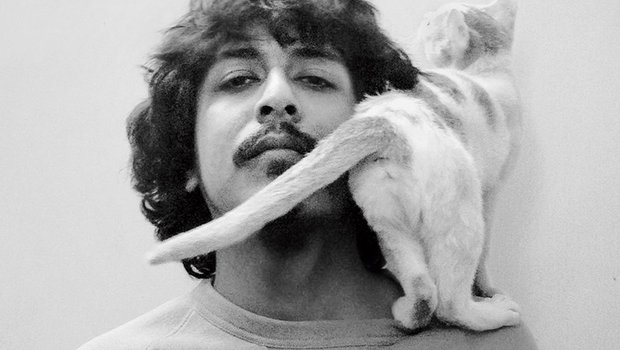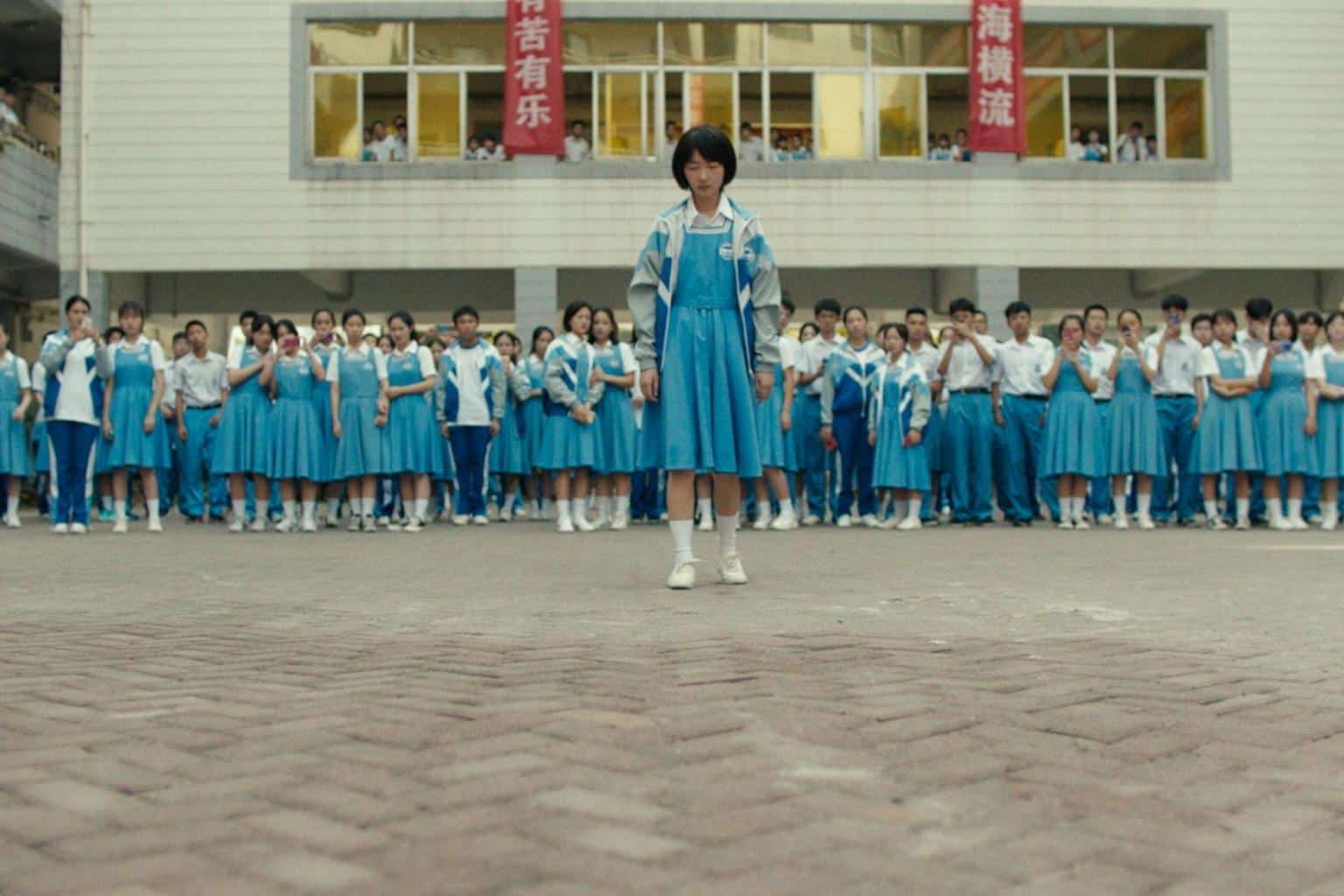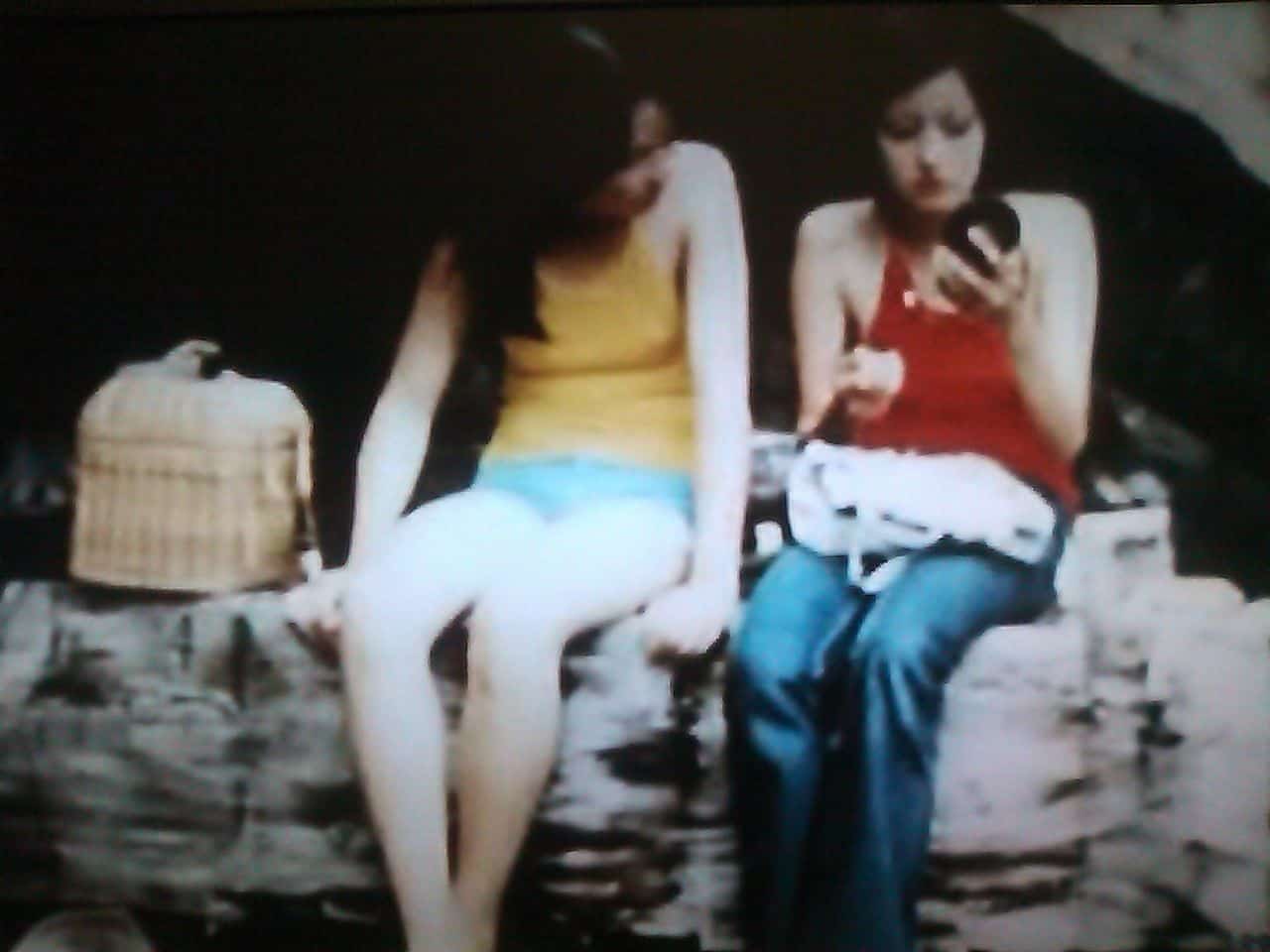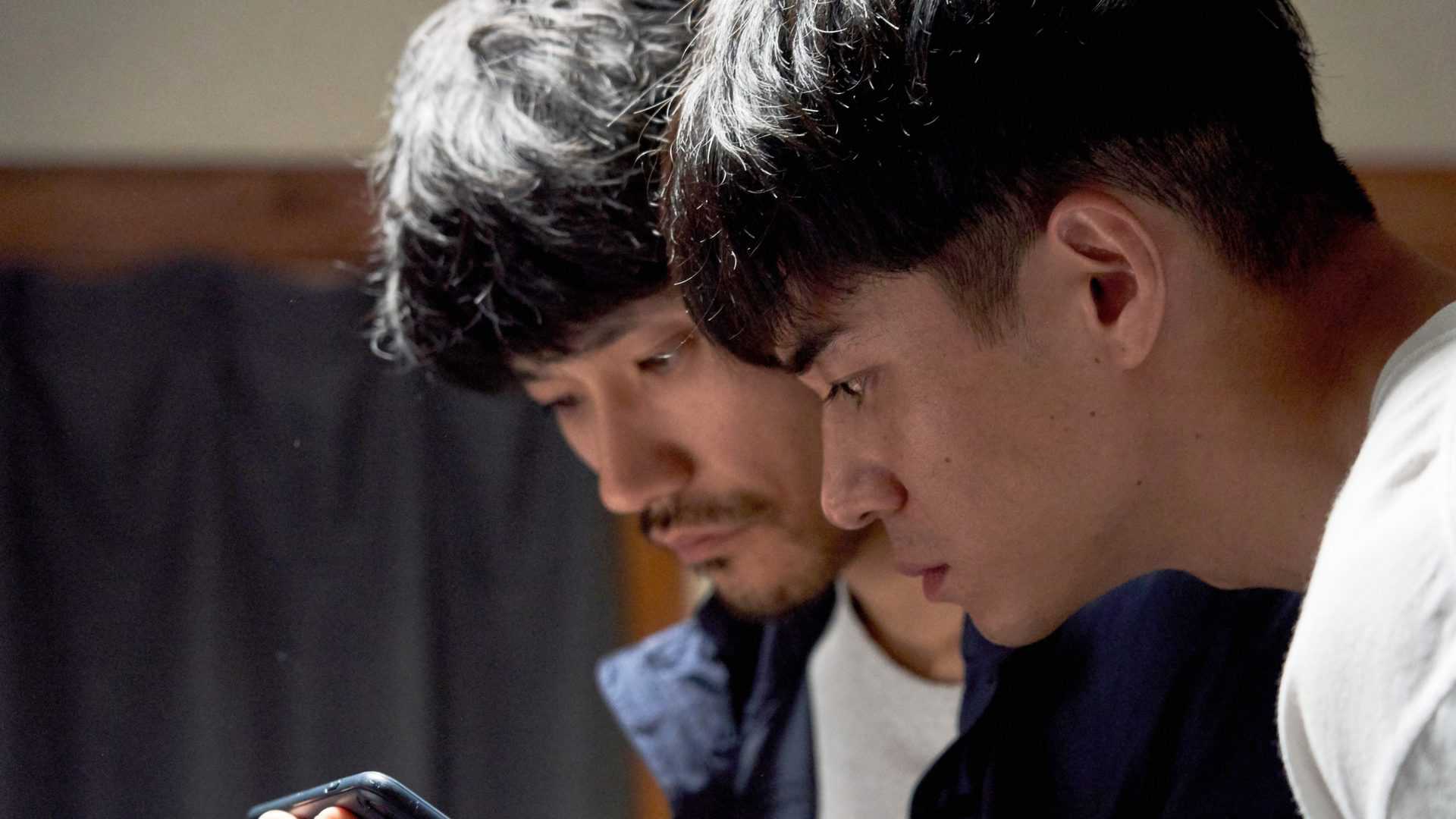31. Midori: The Camellia Girl (Torico, 2016)

Torico presents a version of the original that entails much gore, but is less violent. The splatter and erotic/sadistic episodes are still here, fueled by the preposterous, both in appearance and behaviour, characters, but the element that dominates is definitely the peculiarity, instigated by the extreme colors that fill the screen constantly, creating an utterly kitsch world. In that aspect, both Takeshi Sone in the cinematography and Kumiko Takeda in the costume design department have done a wonderful job, presenting a visual extravaganza that fits the general aesthetics of the film perfectly, since most of the story takes place in a circus. (Panos Kotzathanasis)
32. Nana (Kentaro Otani, 2005)

Based on the homonymous manga by Ai Yazawa, the film tells the story of two very different girls with the same name (Nana). Kentaro Otani stayed very close to the coming-of-age aesthetics of the original, which actually drew its popularity almost exclusively from high school girls. His biggest achievements in the film lie with the fact that he let his two protagonists shine, with both Mika Nakashima and Aoi Miyazaki giving wonderful performances while retaining their chemistry throughout the film. Furthermore, “Nana” created a craze throughout Asia and established Nakashima's music career. (Panos Kotzathanasis)
33. Oldboy (Park Chan-wook, 2003)

Park's films have a unique and magnificent visual style. However, as he has stated, the technical part comes second in his movies, with the first role being reserved for the characters and the story. His process starts with the writing, and the search for the audiovisuals comes after the script has been concluded. Park insists that he is, first and foremost, a storyteller, and that every element of his films must support the story in the best way. In that fashion, the script of the film, which is based on the homonymous manga, focuses on Dae-su, a businessman who is arrested for drunkenness, missing his daughter's fourth birthday. That same night, and for no apparent reason, he is abducted and forced to live in the same room for 15 years. When he is unexpectedly released, he is set on exacting revenge, although the sole evidence in his possession is the fact that he must accomplish this revenge in five days. A girl he meets at a sushi restaurant, where she works as a chef, decides to help him, once more with no apparent reason. (Panos Kotzathanasis)
Buy This Title

34. Our Little Sister (Hirokazu Koreeda, 2016)

One of the film's biggest assets is the strong performance of its cast. All of the actors in the movie seem to have adapted perfectly to the restrained style of acting Koreeda always demands from his actors. Haruka Ayase as Sachi and Masami Nagasawa as Yoshino have the most demanding parts, since they also have to present a number of tensions, which stray a bit from the permeating calmness and subtlety of the film. However, they both deliver in wonderful fashion. Koreeda also included in the cast two of his favourite actors, Lily Franky, who plays a cafe owner, and Kirin Kiki, who actually steals the show at moments, as the bossy and nagging grandmother. Lastly, Shinichi Tsutsumi , one of the most accomplished supporting actors in the industry, plays the role of the doctor Sachi has a relationship with. Overall, the cast does a great job and is actually one of the biggest assets of the film. (Panos Kotzathanasis)
Buy This Title
35. Parasyte: Part 1,2 (Takashi Yamazaki, 2014,2015)
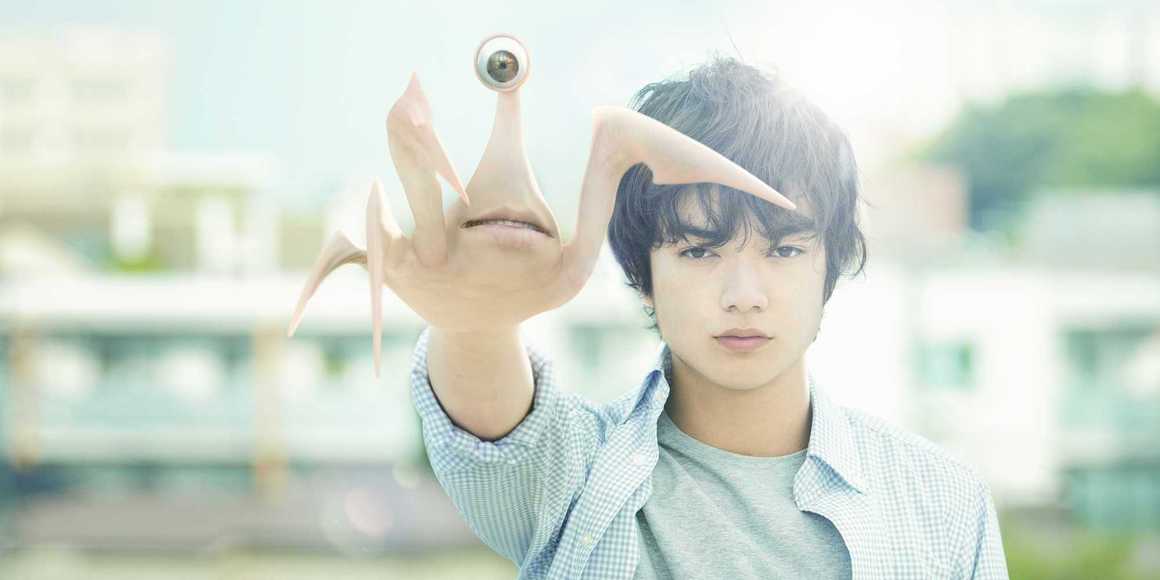
Being an interesting mix of science fiction, horror and some action, the film tells the story of aliens who take over human brains and feed on other people. Shinichi (Shota Sometani), a high school boy, is able to stop the alien parasite just in time, and the creature fails to reach his brain. This results in the shapeshifting creature being stuck in Shinichi's right hand. Since it failed to take over its host completely the alien knows that in order to survive, the host has to survive. It therefore decides to join forces with Shinichi to battle other parasites. The creature, who is called Migi (“right” in Japanese), becomes eager to learn about humans and the way they live. Meanwhile, Shinichi is stuck with a talking alien as his right hand… (Thor)
Buy This Title
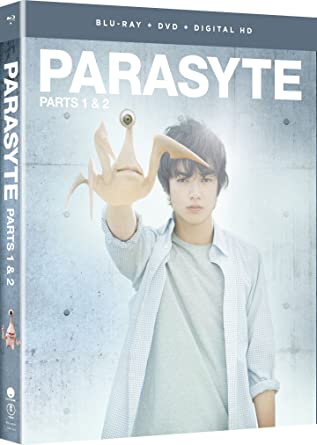
36. Pecoross' Mother and Her Days (Azuma Morisaki, 2013)
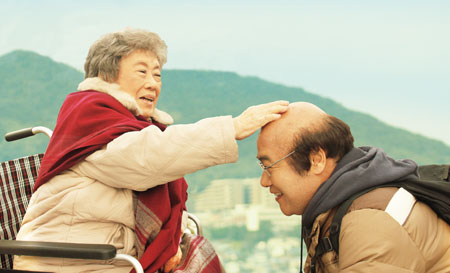
The script is based on the autobiographical manga by Yuichi Okano, which was inspired by his visits with his own senile mother. The names of the original characters were kept in the film. Azuma Morisaki directs a film that starts as a happy-go-lucky comedy, but quickly becomes a family drama, particularly after Pecoross commits his mother to the care home. Through a number of flashbacks, he presents the heartbreaking story of Mitsue, who grew up in a very poor family of 10 in Nagasaki and lost some of her siblings to sickness and the atomic bomb. Even when she left, after her marriage, she had to endure her husband's raging alcoholism and subsequent neurosis. The aforementioned are presented in order to show the reason Pecoross cares so much for his mother, since he acknowledges the hardships in her life and how she struggled to raise him. (Panos Kotzathanasis)
37. Ping Pong (Fumihiko Sori, 2002)

Taiyo Matsumoto's original mid-Nineties sports manga of the same name has a rough, sketchbook style, mimicked by Masaaki Yuasa for his 2014 anime adaptation. Though Fumihiko Sori's debut feature has a clean, fresh look of a mainstream movie, it is very much comic book in its overacting, larger-than-life characters and visual effects. With a cast of now internationally recognized stars, it is true to the manga's character-driven narrative, focusing on the five leads' interactions and differences in approach to the game of table tennis. While lacking the depth of the manga, the characters are fully formed, with their motivations and back stories established early on. A criticism is Sori chooses to focus on the more comedic elements to entertain, but if you want a feel good movie, this is lighter than a ping pong ball. (Andrew Thayne)
38. Rurouni Kenshin Trilogy (Keishi Ohtomo, 2012 & 2014)

Let me start with the most obvious. The casting of the trilogy is exceptional. Takeru Satoh (who has a black belt in Shorinji Kempo) is a great embodiment of Kenshin, since the combination of his physique, his abilities in Kempo and his acting resulted in a great lead that even received praise from Watsuki for his rendition of his hero. Emi Takei as the loveable Kaoru and Yu Aoi as the “benevolent witch” also follow in the same path, along with Yosuke Eguchi who makes for a great Saito. The fact that Ohtomo has stripped the movie from the slapstick/comedic moments of the anime worked quite well for the narrative, as it allowed the actors to focus on the dramatic and the action aspects of their part. The sole exception to this rule is Teruyki Kagawa who plays Kanryu hyperbolically, as a paranoid clown and Kenichi Takito, who follows in the same footsteps, although in a somewhat toned down fashion. Munetaka Aoki as Sanosuke is somewhere between, while the true accomplishment is that even Tatsuya Fujiwara's performance as Shishio is not as excessive as usual. (Panos Kotzathanasis)
Buy This Title
39. Sakuran (Mika Ninagawa, 2006)
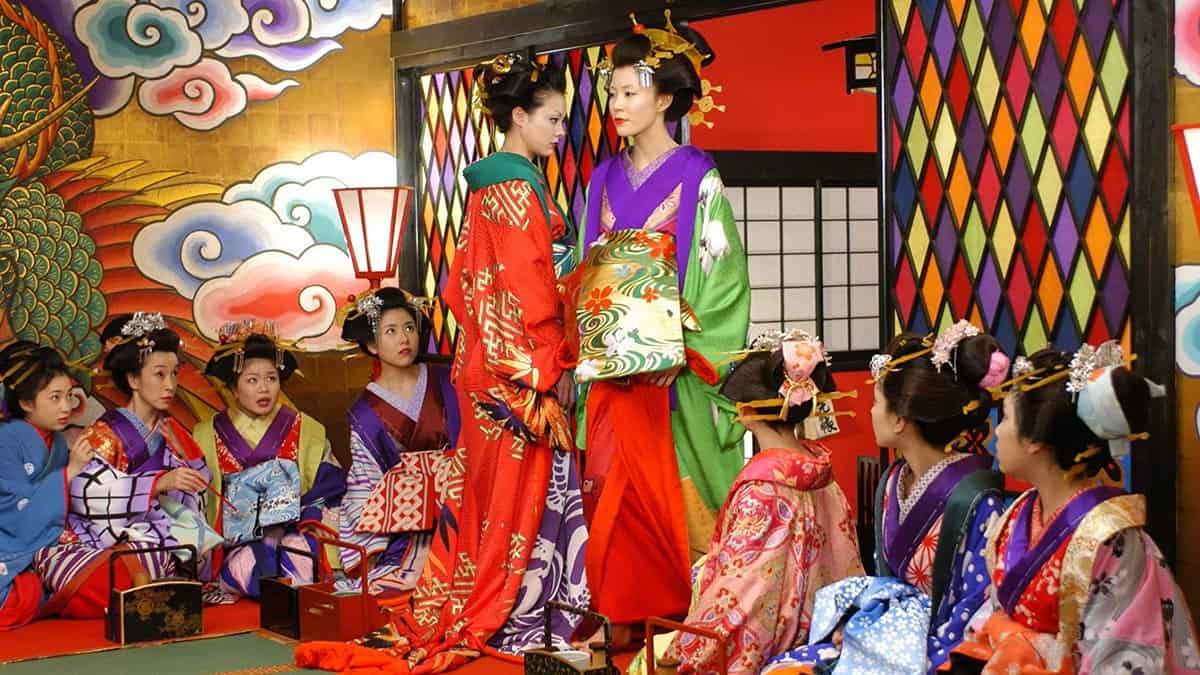
Mika Ninagawa directs a film that highlights the life of the geisha, starting from the way little girls are sold to the “houses”, the rigorous and frequently violent training they undergo for years to learn the art, and the ways one can reach the top, which, expectedly, includes intrigues and machinations, in a rather competitive setting. Ninagawa's approach is playful at times, but the drama that surrounds the lives of the geisha is well communicated, particularly through the way their world is portrayed as one where true love essentially does not have a place. At the same time, and although the presentation is somewhat extravagant, there is also much realism here, additionally in the way the customers are also portrayed, as much as in the intriguing way that history repeats itself is presented. (Panos Kotzathanasis)
40. Shark Skin Man and Peach Hip Girl (Katsuhito Ishii, 1999)
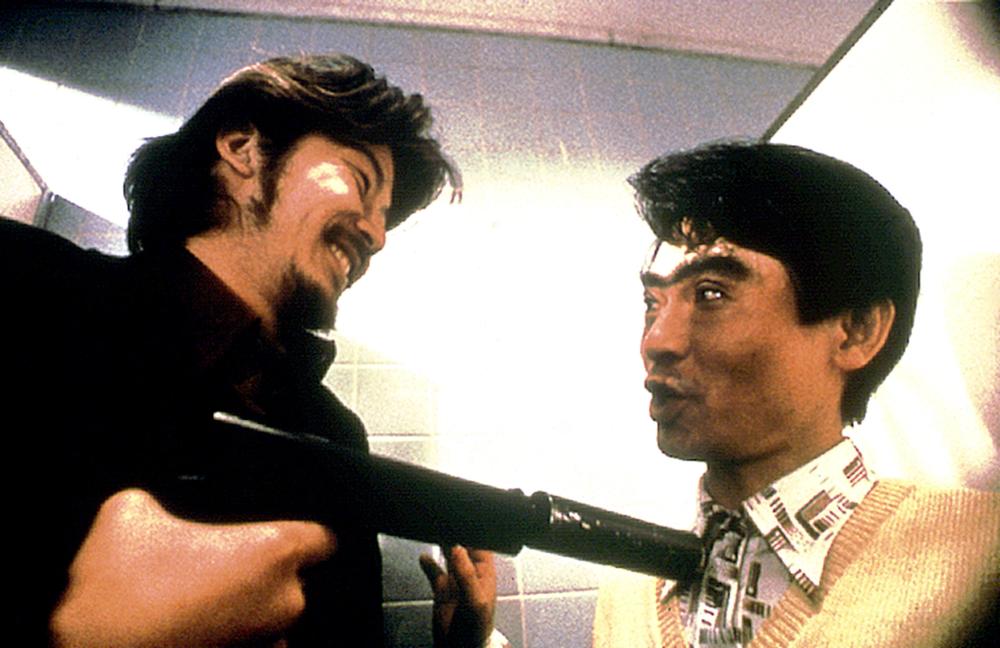
Based on the homonymous manga by Minetaro Mochizuki, the story focuses on Samehada, a Yakuza who steals from his boss and while on the run, bumps into Momojiri, a girl who is trying to escape her uncle, who has developed a sexual obsession with her. After them are a number of sociopathic Yakuza dressed in high-end fashion, and a peculiar hit-man who was hired by the girl's uncle to bring her back, but who eventually falls in love with Samehada. Although it is probably one of the most absurd Yakuza films ever shot, this movie is quite elaborate in its directing and editing and has a great cast including the curio regulars, Tadanobu Asano, Ittoku Kishibe and Susumu Terajima. However, the one who truly steals the show is Tatsuya Gashuin as one of the weirdest hit men ever conceived.







